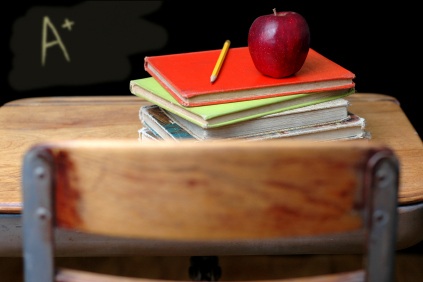At the age of four years Divya was hit by a car. She sustained a cord injury that left her confined to a wheelchair for life. By the age of 15, she had adjusted to life in a wheelchair and was enjoying many typical teenage pastimes including video games and listening to CDs.
However, the seizures made it hard for her to maintain a comfortable “normal” life. She could do most things her peers did but certain things were restrained due to her condition. Although she was intellectually normal she could not go to a regular school and had to go to a special school due to her associated conditions. What hurt the most was when people didn’t understand her condition and referred to her as a ‘spastic’.
Cerebral palsy is a neurological impairment. It occurs by an injury to the brain during, before or after birth. “Cerebral” refers to the brain and “palsy” to the lack of motor control. If a child has cerebral palsy it means that part of the brain has not developed normally. The affected area is usually the part that controls the muscles and certain body movements.
In some cases, there may be seizures, mental retardation, and impairment of sight, hearing or speech. The degree of involvement varies. The damage to the brain is static but some problems become more noticeable as the child gets older. The incidence of cerebral palsy is approximately two to four children for every 1000 births.

Cerebral Palsy [Illustration by Shiju George]
Cerebral palsy is caused by injury to the developing brain. This can be before, during or after birth. The causes include:
- RH Incompatibility
- Expectant mother getting diseases such as rubella, german measles.
- Exposure to radiation, harmful drugs during pregnancy.
- Lack of oxygen to the fetus due to complications in labour.
- Head injuries during birth, in early infancy and childhood.
- Diseases such as meningitis, encephalitis, measles etc.The three major kinds of cerebral palsy are:
- Spasticity
- : There is an increase in the muscle tone leading to a resistance to movement and tightness.
- Ataxia
: There is poor balance when standing or walking. Movements are uncoordinated for most motor tasks.
- Athetosis
: Lack of ability to sustain postural alignment. Muscle tone is variable.
Cerebral Palsy affects people very differently. The symptoms depend on where and how much damage was done to the brain. A child with cerebral palsy may have some of the following features, slightly or severely:
- Slow, awkward or jerky movements
- Stiffness
- Floppiness
- Unwanted movements
- Poor balance
- Unstable gait
- Poor muscle controlAssociated problems when talking about cerebral palsy include:
- Seizures
- Mental retardation
- Speech and language disorder
- Hearing and vision impairment.










